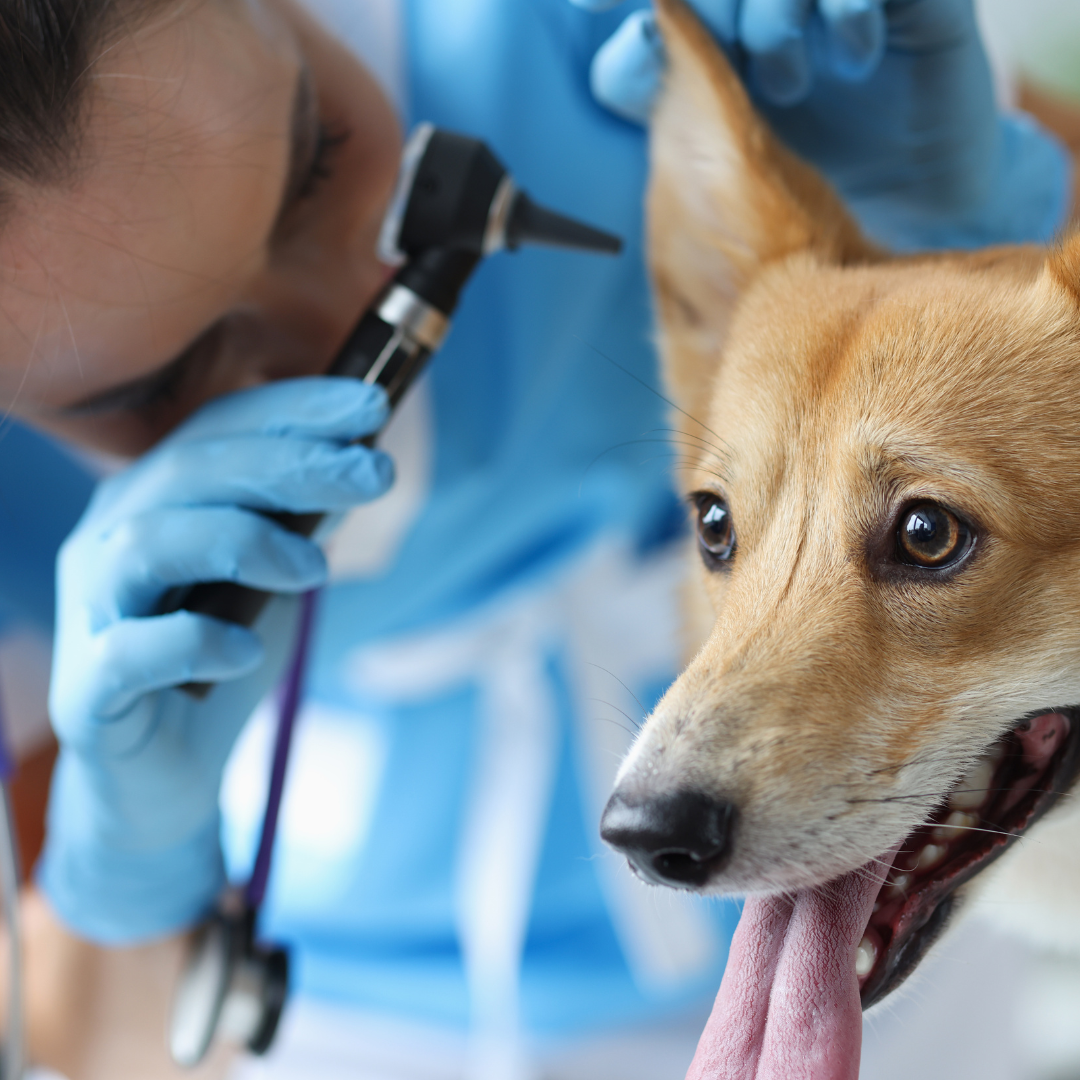
What To Do If Your Dog Has Seizures
Dogs can experience seizures just like humans; treating them can be difficult. Dog seizures can affect their entire body, from the mouth and eyes to the legs and paws. Some seizures only last seconds, while others last longer. While not all seizures require medical treatment, some can. If your dog has a seizure, it’s essential to know what to do.
Unfortunately, seizures are a common problem for pets and, if left untreated, can lead to serious health problems. When a dog experiences a seizure, sometimes it’s obvious. Other times, however, the signs can be subtle, making it difficult for owners to detect their dogs’ seizures.
What is a Seizure?
Seizures occur when the electrical activity in the brain is abnormal, and the cause may be anything from holding back emotions to toxic drug use. It causes abnormal electrical activity in the brain, and a seizure causes your brain’s cells to malfunction. In the short term, seizures can result in loss of consciousness, vocal impairment, and convulsive jerking or twitching. In the long term, untreated seizures can lead to brain damage, epilepsy, cognitive problems, and mood disorders.
What To Do If Your Dog Has Seizures:
Regular Check-Up with the Vet
Seizures or convulsions in dogs can be terrifying. They may be caused by injury, disease, or poisoning. They can range from mild to severe and can be frightening for both the pet and the owner. While seizures can indicate a serious health problem, they are usually harmless. Regular checks with your veterinarian can help reduce the occurrence of seizures for your pet.
If your dog starts having seizures, it is important to call your veterinarian immediately. Sometimes the signs will be obvious, such as the dog falling on its side, foaming at the mouth, or convulsing. But if your dog is acting normally besides having fits, your veterinarian will need to perform further testing to rule out any underlying cause.
Treatment
Seizures in dogs are terrifying, and it’s terrifying to watch them happen, especially if your dog is suddenly spinning in circles, shaking, drooling, or staring blankly into space. Fortunately, they can be successfully treated, and your vet can help determine what treatment is right for your pooch. But in the meantime, you can try to manage the seizures with antiepileptic drugs (AEDs).
Medication
Seizures in dogs are frightening to witness, and they can be especially dangerous if your dog is experiencing seizures while driving. Knowing how to treat them is incredibly important for both you and your dog, and at such a crucial time, knowing what to do when your dog has seizures can seem daunting. Fortunately, medication options can help your dog, so knowing what to do when your dog has seizures is essential.
Different Types of Dog Seizures:
General Seizure
Grand Mal seizures, or generalized seizures, are caused by abnormal electrical activity in the brain. This abnormal electrical activity causes seizures, which can vary in intensity and severity. Sometimes the grand mal seizure is temporary; however, some people experience grand mal seizures every day.
A dog’s head can signal to the animal’s brain that it is in danger. The muscles will contract, and the head will move. This is the general seizure that most dogs experience. Most seizures will last a few seconds before the dog returns to normal.
Cluster Seizure
Cluster seizures are a type of seizure where your pet is not experiencing a single seizure. Instead, your pet goes into a seizer, then, suddenly, out of nowhere, they spring back, sometimes for several minutes. This can be very frightening for pet owners and even more so for their dogs.
Cluster seizures are a type of seizure that tend to happen to dogs while they are sleeping, hence their name. However, they can happen at any time. They can occur in dogs of all ages, from puppies to seniors, though they are most common in older dogs. Cluster seizures typically don’t affect a canine’s cognitive function, though they can make it impossible for your dog to communicate.
Psychomotor Seizures
Psychomotor seizures, or psychomotor seizures in dogs, are seizures where a dog becomes restless and moves erratically. A dog who walks typically calmly may become distracted while eating a meal and may suddenly start chasing a tail, chewing on something, or barking continuously. These seizures usually occur during stress, such as when introducing a new pet to the household or when a puppy is being house-trained or crate trained.
Seizures can be caused by the environment, poisons such as chocolate or caffeine, or certain medical conditions. If a medical condition causes seizures, a veterinarian should evaluate your dog.

The Basics of Native Advertising
You May Also Like

Best Pets for People with Allergies
December 2, 2022
Why Customer Feedback Is Important in Digital Marketing
October 31, 2022

